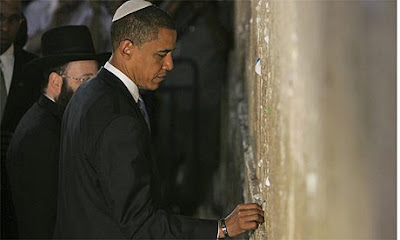Word is trickling out from Rome that the first phase of new English translations of the mass have been approved.
It will likely be another 2-4 years before we start hearing them in church. But the article below from CNS gives a preview of things to come:
The Vatican has given its approval to a new English-language translation of the main constant parts of the Mass, but Catholics in the pew are unlikely to see any of the approved changes at Masses for awhile to allow for catechesis on the reasons for the revisions.
The approved text, sent to the Vatican for “recognitio,” or confirmation, after a June 2006 vote by the U.S. bishops in Los Angeles, involves translation of the penitential rite, Gloria, creed, eucharistic prayers, eucharistic acclamations, Our Father and other prayers and responses used daily.
But it is only the first of 12 units into which the third edition of the Roman Missal has been divided for translation purposes. It includes most of the texts used in every celebration of Mass including responses to the celebrant by people participating in a liturgy.
“In terms of the people’s part, it’s not gong to require too much adjustment,” Bishop Arthur J. Serratelli of Paterson, N.J., chairman of the U.S. Conference of Catholic Bishops’ Committee on Divine Worship, told Catholic News Service July 25. “It’s a refinement of the language, a clearer theological language.
“Not much of the people’s part is changed, and I think once or twice after they use it, they will hardly notice the change,” he said.
While the changes have been approved, Bishop Serratelli said it will be awhile before they become part of regular worship at Mass.
“I’m hoping for two years,” he said. “I’m an optimist.”
The lead time is needed to allow musicians to work with the text and to prepare music for various liturgical settings and seasons and to allow for the necessary catechesis explaining the reasons for the revisions to parishioners, the bishop explained.
The most significant changes approved by Rome include:
— Whenever the priest says, “The Lord be with you,” the people will respond, “And with your spirit.” The current response is “And also with you.”
— In the first form of the penitential rite, the people will confess that “I have greatly sinned … through my fault, through my fault, through my most grievous fault.” In the current version, that part is much shorter: “I have sinned through my own fault.”
— The Gloria has been translated differently and the structure of the prayer will have changes from the current text.
— The opening of the Nicene Creed changes from “We believe … ” to “I believe … “; other changes in the prayer also have been made.
— Before the preface, when the priest says, “Let us give thanks to the Lord our God,” instead of saying, “It is right to give him thanks and praise,” the people will respond, “It is right and just.”
— The Sanctus will start “Holy, Holy, Holy Lord God of hosts.” The current versions says “Holy, holy, holy Lord, God of power and might.”
— The new response at the “Ecce Agnus Dei” (“Behold the Lamb of God”) is: “Lord, I am not worthy that you should enter under my roof, but only say the word and my soul shall be healed.”
It remains to be seen what the faithful will think of this and other even more dramatic changes that are anticipated.

